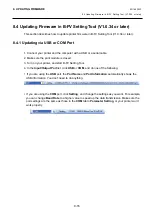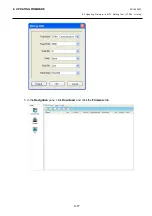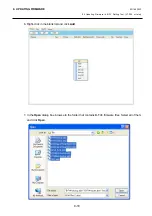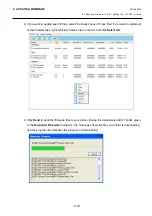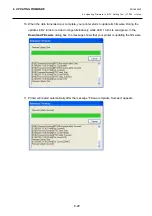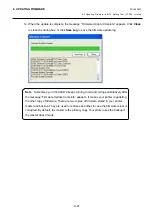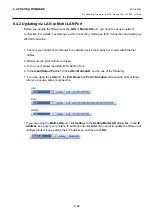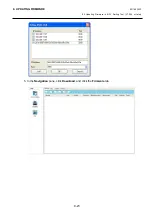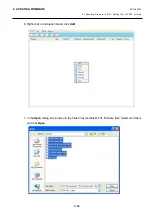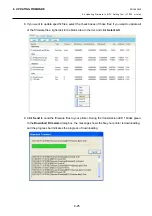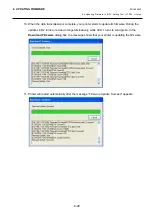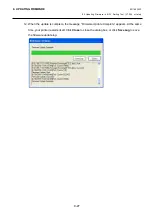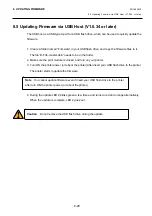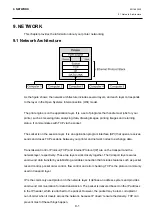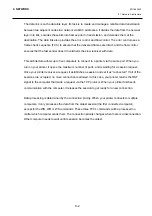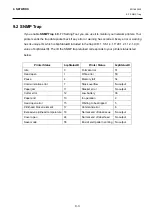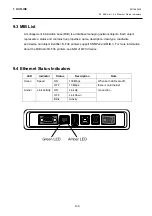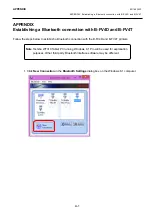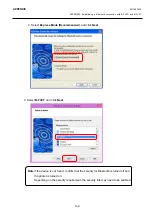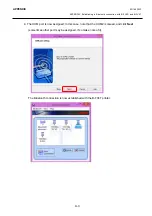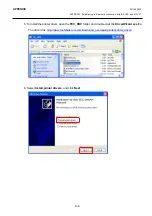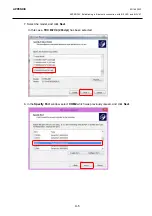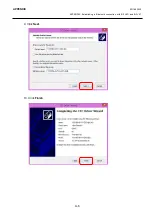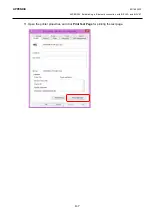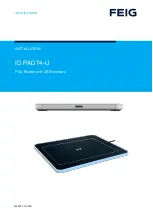
9. NETWORK
EO18-33030
9.1 Network Architecture
9-1
9. NETWORK
This chapter provides the information about your printer networking.
9.1 Network Architecture
As the figure shows, the network architecture includes several layers, and each layer corresponds
to the layer in the Open Systems Interconnection (OSI) model.
The print engine is on the application layer. It is a set of programs that handle most jobs for your
printer, such as receiving data, analyzing data, drawing images, printing images and returning
status. It communicates with TCP via the socket.
The socket is on the session layer. It is an application program interface (API) that opens, receives,
sends and closes TCP sessions between your printer and network nodes to exchange data.
Transmission Control Protocol (TCP) and Internet Protocol (IP) are on the transport and the
network layer, respectively. These two layers work closely together. The transport layer secures
end-to-end data transfer by establishing a reliable connection that includes features such as packet
resend control, packet order control, flow control and error checking. TCP is the protocol commonly
used in transport layer.
IP is the commonly used protocol in the network layer. It defines an address system and provides
end-to-end communication for data transmission. The packet is delivered based on the IP address
in the IP header, which is attached to the packet. However, the packet may be lost, corrupted or
out-of-order when it travels across the network, because IP doesn’t ensure the delivery. TCP can
prevent most of these things happen.
Summary of Contents for B-FV4 Series
Page 41: ...2 ELECTRONICS SPECIFICATIONS EO18 33030 2 2 Main PC Board Layout 2 4 B FV4D GH B FV4D GL ...
Page 301: ...APPENDIX EO18 33030 APPENDIX Establishing a Bluetooth connection with B FV4D and B FV4T A 8 ...
Page 302: ...1 11 1 OSAKI SHINAGAWA KU TOKYO 141 8562 JAPAN E PRINTED IN JAPAN EO18 33030H ...


